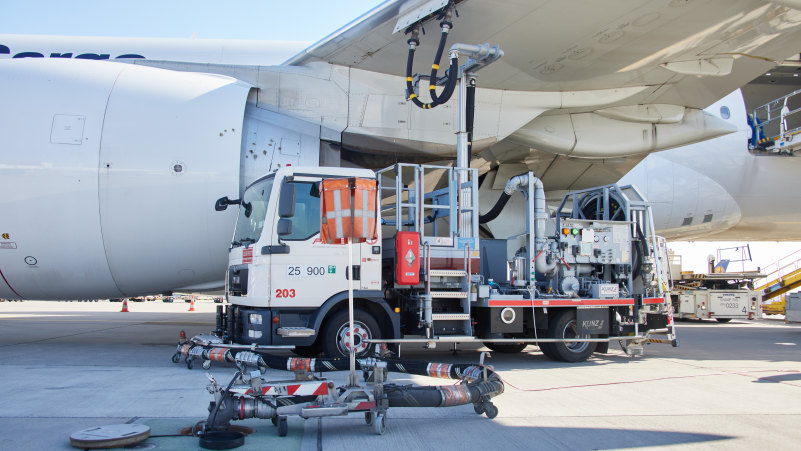Global demand for container shipping reached a new record in May 2024, with rising spot rates and severe port congestion. According to Xeneta and Container Trades Statistics, container ships transported 15.94 million TEUs in May, surpassing the previous record of 15.72 million TEUs set in May 2021. This record level of demand brings the volumes for the first five months of the year to nearly 74 million TEUs, marking a 7.5% increase compared to the same period in 2023.
Emily Stausbøll, Senior Shipping Analyst at Xeneta, stated, "Never before have so many goods been shipped in containers by sea, at a time when available capacity is reduced due to the circumnavigation of Africa because of the conflict in the Red Sea and severe port congestion in Asia and Europe. This is a perfect storm of pressure on ocean supply chains that has led to chaos in recent months. In many respects, it is impressive that global transport networks have managed to transport this enormous volume of containers under such difficult circumstances."
The record level of global demand is largely driven by volumes from the Far East, with China hitting a historical high of 6.2 million TEUs exported in May, 853,000 TEUs of which were for domestic demand. This represents 39% of global container movement in May and coincides with rising spot rates on major routes. According to the latest data from Xeneta, average spot rates from the Far East to the U.S. West Coast reached $7,840 per FEU on July 9, a 200% increase since April 30. To the U.S. East Coast, average spot rates rose 130% in the same period, reaching $9,550 per FEU. To Northern Europe and the Mediterranean, spot rates increased by 148% and 88%, respectively, reaching $8,030 and $7,830 per FEU.
Stausbøll adds, "Considering we are already seeing record volumes in May before the traditional peak season in the third quarter, it's understandable why shippers are so concerned. The spot market continues to rise, the conflict in the Red Sea shows no signs of ending, and the port congestion we are seeing in Asia and Europe will take time to ease. The big question is whether May's record volumes will lead to a reduction in volumes during the traditional peak season. Many factors come into play, not just consumer demand, but also nervous shippers preemptively importing and the potential for further tariffs on imports from China. While this combination could keep demand high in the coming months, there must be a limit to how long record demand levels can last."
The impact of record demand levels, combined with longer sailing distances around the Cape of Good Hope, is demonstrated by TEU-miles calculations. This data reflects the distance each container is transported globally. TEU-miles increased by 17.9% globally in 2024 compared to the same period in 2023, mainly due to the Red Sea crisis. However, the trades most affected by the Red Sea deviations are those from the Far East, which are also driving the record levels of ocean container shipping demand.
If ocean container carriers had continued to use the Suez Canal, TEU-miles would have increased to a lesser, yet still significant, extent of 8.6% in 2024 to date. Stausbøll concludes, "Earlier this year, we saw spot rates for maritime transport rise, and we wondered if there was truly a capacity shortage or if it was a case of the market panicking needlessly following the escalation of the Red Sea conflict. Now we can clearly see in the data that the capacity squeeze was real, especially when considering the increase in TEU-miles alongside record global volumes and port congestion. It also shows how much excess capacity there would have been in the market in 2024 if the Red Sea conflict had not occurred."






























































